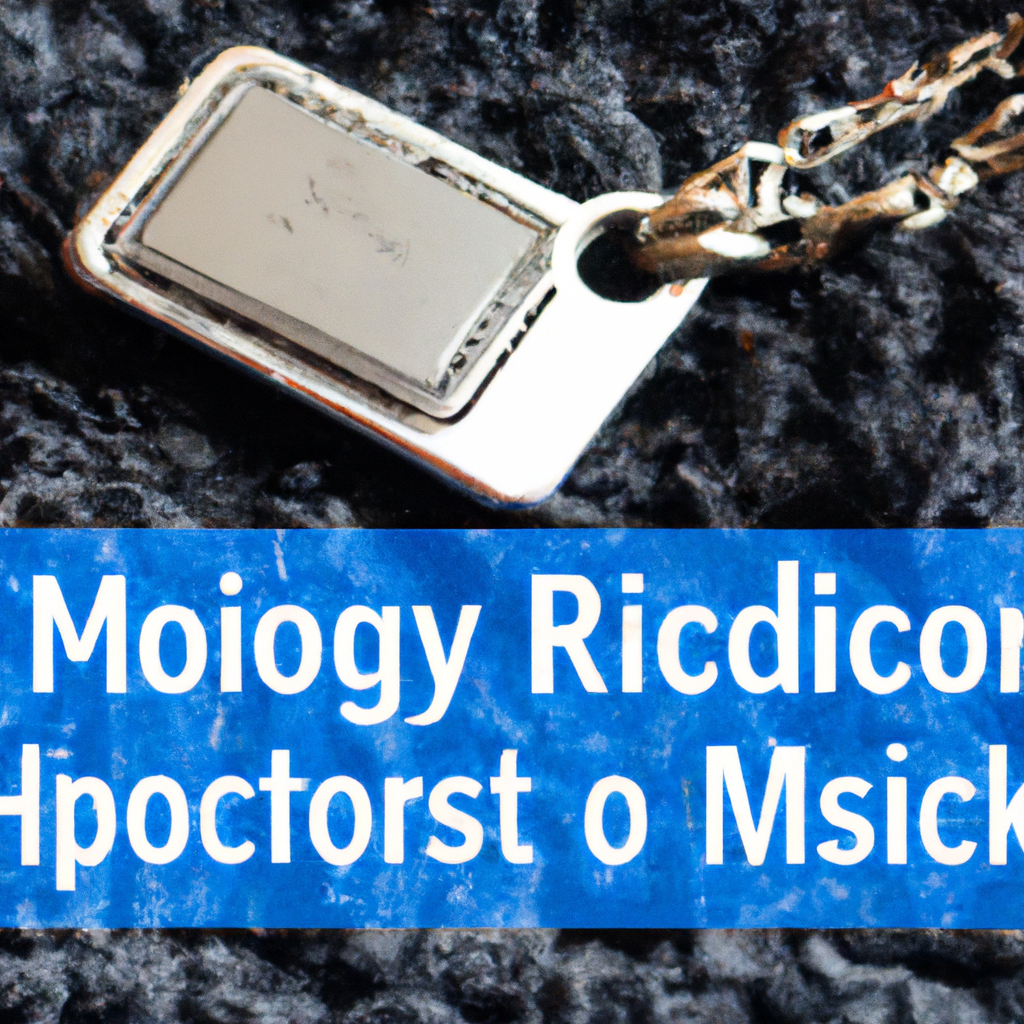The Role of Microchipping in Lost Dog Recovery
The Role of Microchipping in Lost Dog Recovery Every year, numerous dogs go missing, leaving their owners distraught and

The Role of Microchipping in Lost Dog Recovery

Every year, numerous dogs go missing, leaving their owners distraught and desperate for their safe return. While traditional methods such as putting up lost dog posters and notifying local shelters can be helpful, there is another powerful tool that significantly increases the chances of reuniting with a lost furry friend – microchipping.
What Is Microchipping?
Microchipping involves inserting a tiny electronic device, about the size of a grain of rice, under a dog’s skin. This device contains a unique identification number associated with the dog’s information, including the owner’s contact details. The microchip is usually placed between the shoulder blades and is quick and relatively painless to implant.
The Importance of Microchipping
Microchipping provides a permanent form of identification for dogs. Unlike collars or ID tags, which can be removed or lost, a microchip stays with the dog for life. In case a dog gets lost or separated from its owner, the microchip becomes a crucial link in the recovery process. Once found, any veterinary clinic, shelter, or animal control officer can scan the lost dog for a microchip. If a microchip is detected, the unique ID number can be used to contact the owner and facilitate a happy reunion.
The Effectiveness of Microchipping
The effectiveness of microchipping in reuniting lost dogs with their owners is impressive. According to a study conducted by the American Veterinary Medical Association, dogs with microchips are more than twice as likely to be returned to their owners compared to those without. Furthermore, microchips have been instrumental in reuniting thousands of lost dogs with their families, often exceeding other identification methods.

The Process of Microchip Scanning
Microchip scanning is a simple and efficient procedure performed by animal professionals. Using a handheld scanner, typically found in veterinary clinics, the scanner emits a low radio frequency wave that activates the lost dog’s microchip. Once activated, the scanner reads the unique ID number and displays it on the screen. This number can then be used to contact the microchip database and retrieve the owner’s information, facilitating a reunion.
Microchipping as a Preventative Measure
Besides aiding in lost dog recovery, microchipping provides pet owners with peace of mind. It serves as a preventive measure against dog theft and unauthorized ownership changes. Many pet organizations encourage microchipping as a responsible pet ownership practice, ensuring pets are returned to their rightful owners and reducing the burden on overcrowded shelters.
Conclusion
Microchipping plays a vital role in lost dog recovery. It serves as a reliable and permanent form of identification, greatly increasing the chances of reuniting with a lost pet. The ease of microchip scanning and the high success rates in returning dogs to their owners make microchipping a must-have for responsible pet owners. So, if you haven’t already, consider microchipping your furry friend and ensure their safety and your peace of mind.






